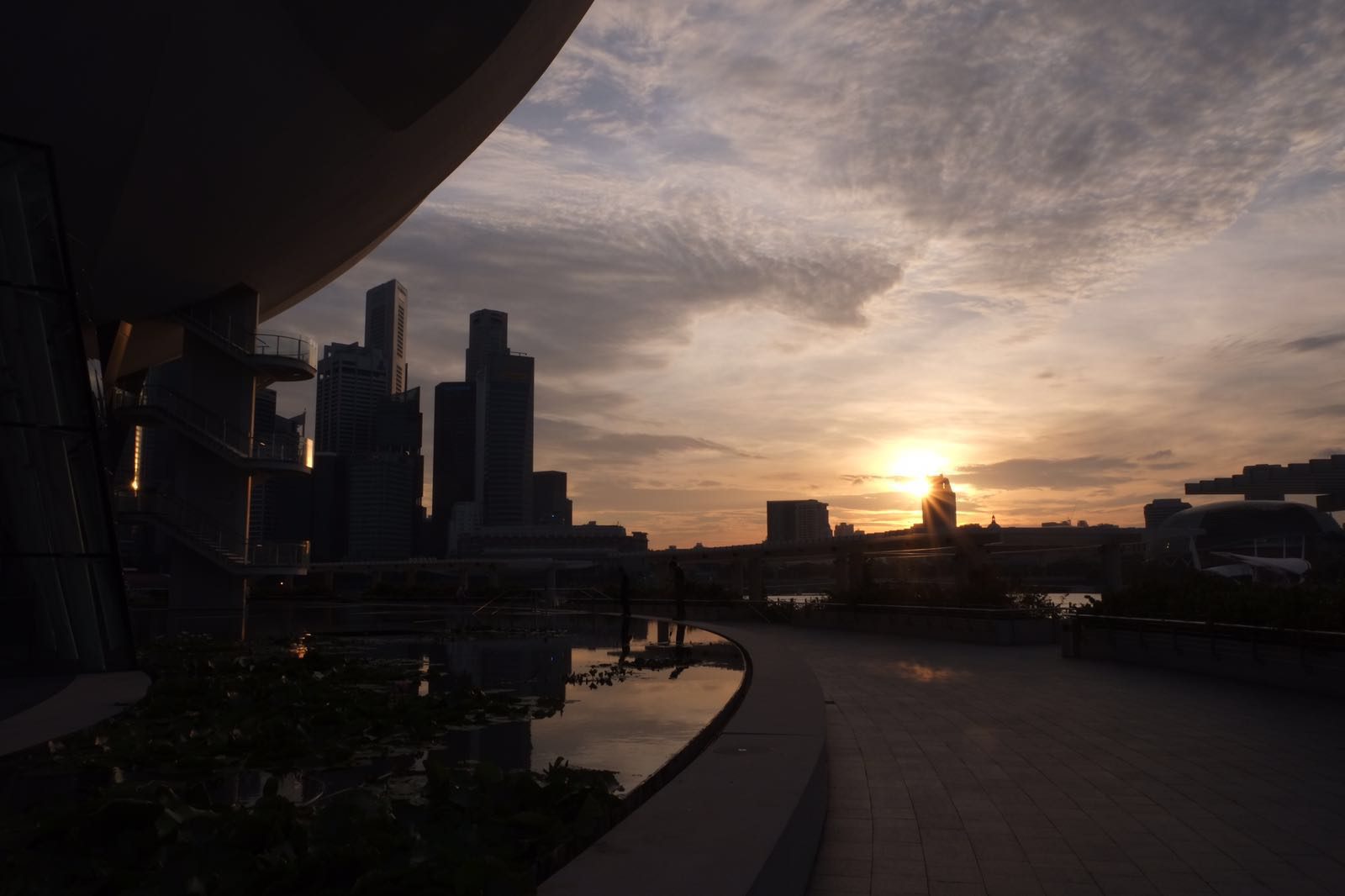For this post, I will be sharing my after-thoughts from watching these two videos, namely ‘Boy Or Girl?’ by BBC The Social and ‘Gender – The Space Between’ by CBS News.
As we have talked about it in class and in BBC’s video, when a baby is born, the doctor would announce whether it was a “boy” or a “girl”. This procedure itself, is the first step of categorising humans into genders based on their physical attributes. Then, as we grow, we are being fed the conceptions of how these two categories of humans, “males” and “females”, should function differently. I still remembered when I was a child, my mum would say things to me like “Cherie, close your legs when you sit!” or “Don’t laugh out loud like that!”. And it all ends with her saying, “You’re a girl!”. That was when I start to wonder, why do girls have to be restricted and boys seem to have more freedom? Aren’t we all the same? Aren’t we all humans? No doubt that humans are highly intelligent beings, as we have learnt and done so much changes to our environments and ourselves. We have invented so many languages based mainly on our geographical locations, which further categorises humans into races.
In our textbook ‘Language and Sexuality’ by Cameron and Kulick, it says that “words acquire meaning”. Within a language itself, there are so many words. When we give meanings to words, we have subconsciously or intentionally put categorisation into them. Simply put, words are used to categorise or differentiate an object. For example, in some languages such as English, Chinese or Thai, be it spoken or written, there are words to identify genders, like “he” or “she”. The words we use in our names can also be used to identify our genders or personalities. Names are so impactful such that there are actually books to assist parents on what to name their babies, so that their children will grow up to possess certain qualities or characters that they expect them to have.
From the usage of languages and words, we can see how a community of people can be normally divided into binary identities, namely based on the gender of “males” and “females”. However, as we progress more into this module, we know that categorisation of humans is no longer that easy in modern days, as can be seen from CBS’s video. This made me agree with the message that BBC’s video is delivering, that humans’ genders are non-binary. However, our current word-categorisation system does not have the appropriate words to categorise or identify these complexed groups of genders. Thus, words such as “gays”, “lesbians” and “gender fluid” and more start to appear. These people have tried so hard to find their true selves, a “voice” or a word that could define who they are, not based on the beliefs of an ancient or accustomed world, but a free and diversified world. There are so many updated terms nowadays that sometimes, it is hard to keep track or put a definite stand to each of these words due to its complexity in relation to the people associated with it. Yet, not everyone is accepting to these unfamiliar gender terms and have associated these words with negativity or biasedness. I do not blame these people for reacting that way, because I do find it terrifying, initially, to know that humans have so much variations.
What I am trying to drive here is that there is a contradiction in humans’ way of thinking. We are too accustomed to think systematically and scientifically through our education received that we are always trying to categorise and define or explain things. Yet, when new “terminologies” come out, we do not accept them neutrally or with an open mind. No doubt that humans are complicated, but we are not things. Thus, it seemed that the categorisation of humans or genders would never stop. However, is this the best way for people to identify or explain themselves? Or is it just creating more division among the human race, just like how languages did?

